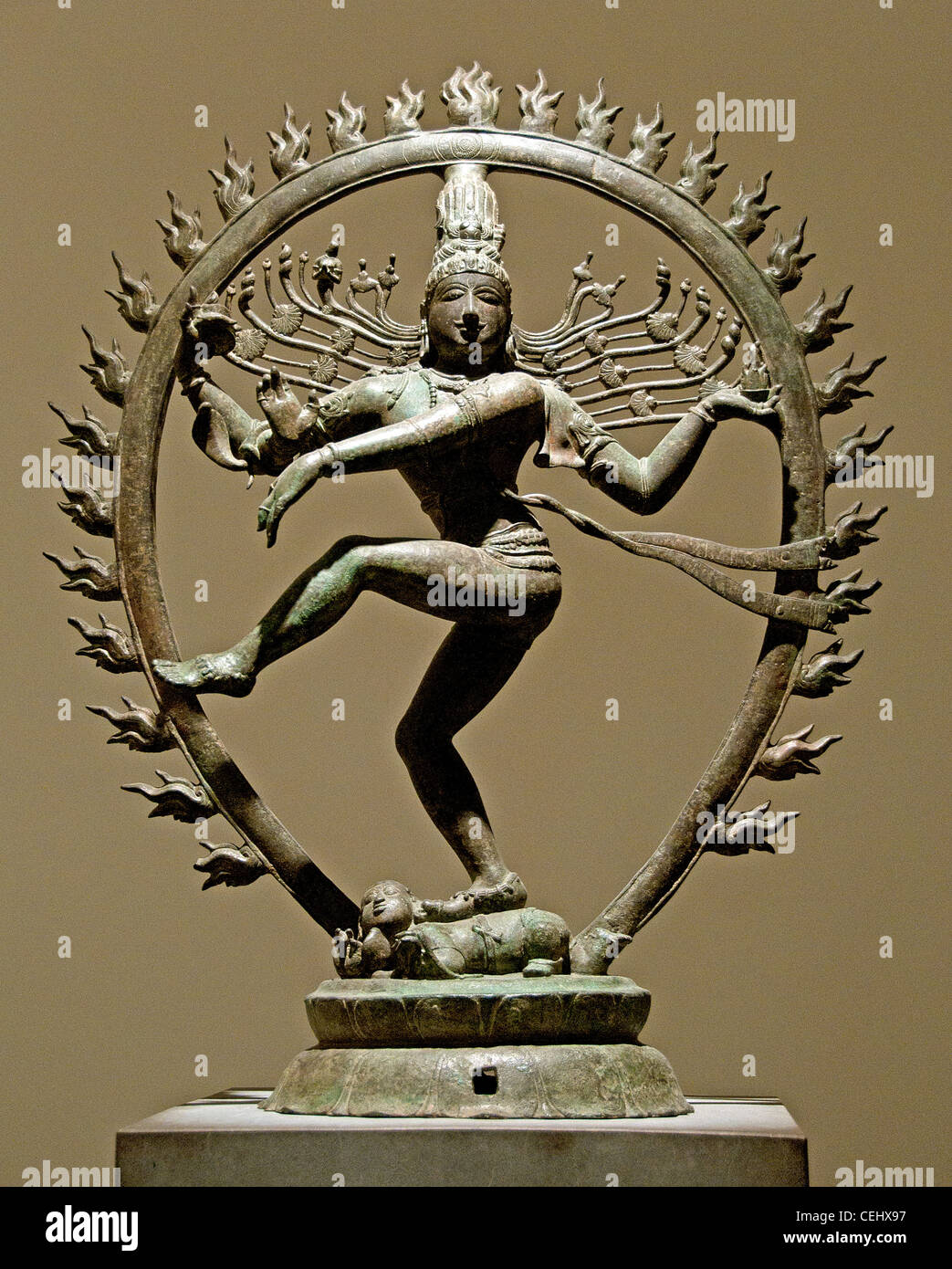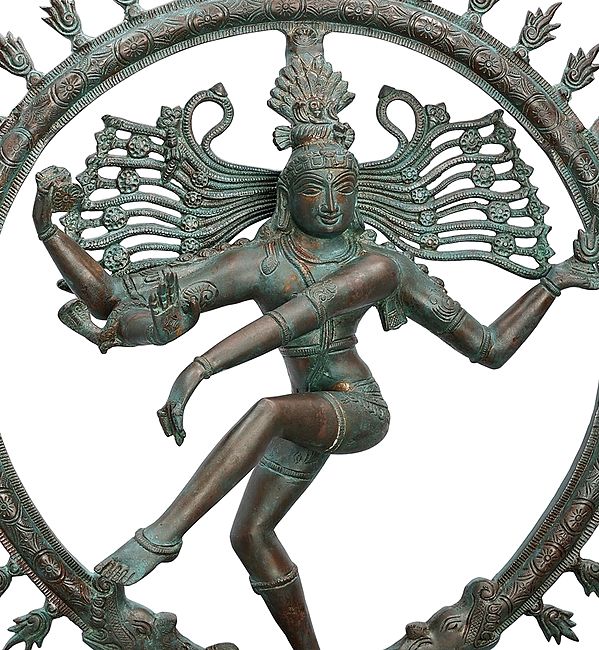

Large Ardhanarishvara (Shiva Shakti) - Brocadeless Thangka The underlying mystic vein effectively working in the Shaivite worship cult saw Shiva as seed – the root of all things and all beings, male or female, and this gave to his visual image, both in art as well as to enshrine a sanctum a new image form known as Ardhanarishvara – half male and half female. Thus, in one kalpa Brahma emerges twice, Vishnu’s tenure ends with every kalpa Shiva has tenure beyond kalpa. In Indian cosmological tabulation Shiva's life-span is double of Vishnu, and Vishnu's, double of Brahma.

– manifest or unmanifest, was not Shiva’s measuring scale. – the scheduled tenure of the Creation, that is, time that spanned everything He was seen as Sadashiva, One beyond time and beyond ‘kalpa’ Shiva Linga with Shiva’s Snake Crowning ItĪnd, under the other, he was seen and worshipped with a very wide range of imagery Nataraja being one of such forms. Under one, Shiva was seen as ‘ling’ – his aniconic manifestation

The Shiva-related worship tradition showed two trends. Hence, they were often seen as representing one and the same functional aspect of God. In some contexts the Rig-Veda mentioned Prajapati and Brahma as two independent gods but sometimes also as two names of the Creator. Prajapati, or Brahma, and Vishnu were seen as representing other two aspects, creation and preservation. Lord Shiva was seen as representing the last of these three aspects, that is, dissolution. Trimurti From Elephanta (Brahma, Vishnu and Mahesha) They perceived him as representing one of the ‘Tri-murti’ – three forms or functional aspects of God, namely, creation, preservation and dissolution, that is, bringing the cosmos into existence, sustaining it and finally withdrawing it. Contrarily metaphysicians and theologians perceived his form as it manifested in the Upanishads and Puranas. As for art critics they have invariably confined themselves to his various manifestations as reveal in his iconographic forms – image-type, and there ends their quest. The question ‘Is Shiva’s manifestation as Nataraja an aspect of Shiva’s person or just one of the types of his image in art or worship tradition’ has always haunted the minds of thinkers. An image or an aspect of Shiva’s person


 0 kommentar(er)
0 kommentar(er)
